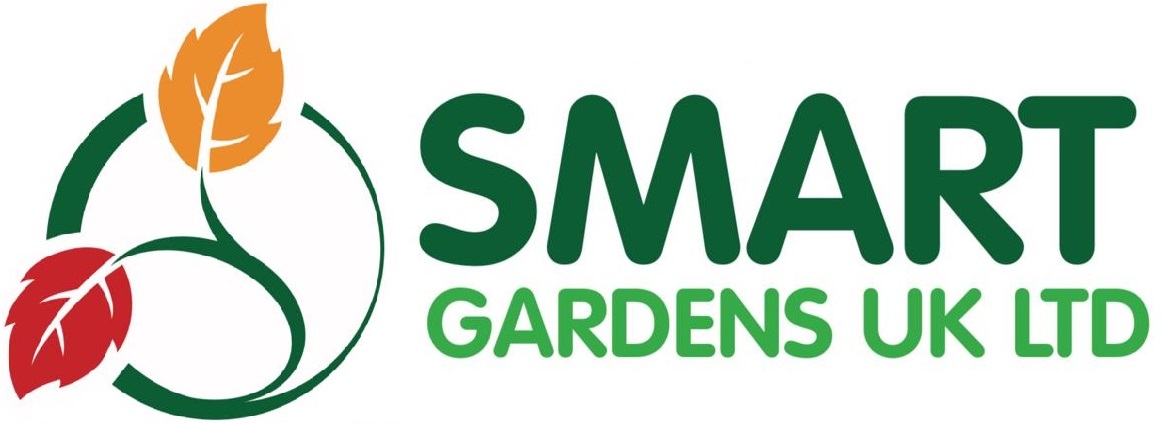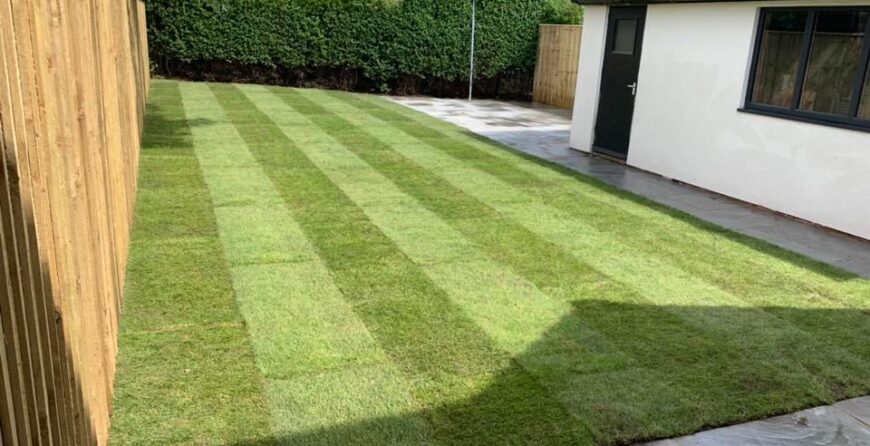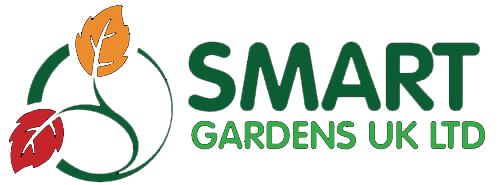Snow and Ice Removal: Best Practices for Maintaining a Safe Outdoor Space
Introduction:
Winter brings with it a magical charm, but it also brings snow and ice, which can pose serious safety hazards. Whether you own a residential property or manage a commercial space, it is crucial to prioritize snow and ice removal to ensure the safety of everyone who uses your outdoor space. In this article, we will discuss the best practices for maintaining a safe outdoor space during the winter months.
1. Importance of Snow and Ice Removal:
Snow and ice can create slippery surfaces, increasing the risk of accidents and injuries. Falls on icy surfaces can result in fractures, sprains, and even head injuries. By promptly removing snow and ice, you can significantly reduce the chances of such accidents, protecting yourself, your family, employees, and visitors.
2. Clearing Snow and Ice:
a. Shoveling: Shoveling is the most common method of snow removal. It is essential to use the right type of shovel and maintain proper posture to prevent strain or injury. Start by shoveling the snow as soon as it accumulates to avoid compacting it, making it harder to remove later.
b. Snow Blowers: Snow blowers are efficient machines that can quickly clear large areas. However, they require proper handling and maintenance. Ensure that the snow blower is in good working condition and follow the manufacturer’s instructions for safe operation.
c. De-Icing Agents: De-icing agents, such as rock salt or calcium chloride, can help melt ice and prevent it from forming. However, it is important to use them judiciously, as excessive use can damage plants, concrete, and other surfaces. Consider using environmentally friendly alternatives, such as sand or kitty litter, in areas where de-icing agents may cause harm.
3. Safety Precautions:
a. Dress Appropriately: When removing snow and ice, dress in warm, layered clothing to protect yourself from the cold. Wear sturdy, non-slip boots or shoes to maintain good traction on slippery surfaces.
b. Take Breaks: Snow removal can be physically demanding. Take regular breaks to avoid overexertion and fatigue. Stay hydrated and listen to your body’s signals.
c. Use Proper Techniques: When shoveling, push the snow instead of lifting it whenever possible. If lifting is necessary, bend your knees and lift with your legs, not your back. Avoid twisting your body while lifting, as it can strain your muscles.
d. Be Cautious of Hidden Hazards: Snow can hide various hazards, such as uneven surfaces, potholes, or debris. Take extra care while clearing snow to avoid tripping or falling.
4. Professional Snow and Ice Removal Services:
For larger properties or areas with heavy snowfall, it may be beneficial to hire professional snow and ice removal services. These experts have the necessary equipment and expertise to efficiently clear snow and ice, ensuring the safety of your outdoor space.
Conclusion:
Maintaining a safe outdoor space during winter requires proactive snow and ice removal. By following the best practices discussed in this article, you can minimize the risk of accidents and injuries caused by slippery surfaces. Remember to prioritize safety, dress appropriately, use proper techniques, and consider professional services when needed. With these practices in place, you can enjoy the beauty of winter while keeping your outdoor space safe for everyone.


